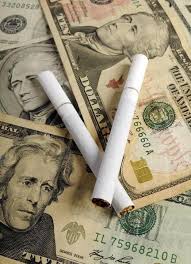Companies emphasize a lot on the price elasticity of demand when determining the prices of their products. Companies with products that are proven to have an inelastic demand could increase the price of the product without risking a fall in demand. However, companies with products that have an elastic demand, increasing prices are not a good idea as it may result in a decline in the revenue.
For example, if Milo, decides to increase their price for
their product, their demand would not fall, on the other hand, if, for example,
Adidas, increase their prices for the equipment, the customers might move to
Puma or Nike as the demand for Adidas are elastic.
The price elasticity of demand for products that are
considered primary or common as substitutes are easy to find, for example, if
Spritzer increase the price for the bottled water, people might start buying
Evian as water is common and substitutes are not hard to find.
Price elasticity of demand also has a direct reason for the
government for having taxes on goods and services. The best example of this is
the tax on tobacco. Cigarettes have an inelastic demand, even though it is not
encouraged, people still smoke. So, taxing cigarettes would not hurt the demand
for them and the government would still get their overall revenue without
damaging the tobacco industry. However, if the prices keep increasing, people
might eventually find substitutes as tobacco companies have many alternatives.








No comments:
Post a Comment